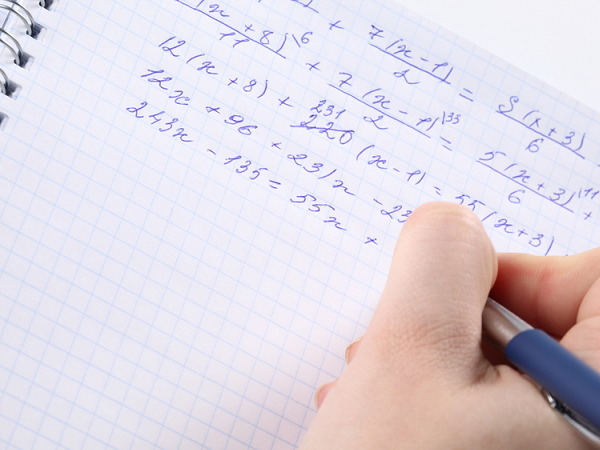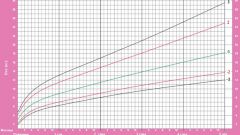Instruction
1
To determine the absolute error of the measurement, it is necessary to find the deviation of the actual value. It is expressed in the same units as estimated, and is equal to the arithmetic difference between the true and the estimated values: δ = x1 – x0.
2
The absolute error is often used to write some constant values with infinitely small or infinitely large value. This applies to many physical and chemical constants, e.g., Boltzmann's constant equal to 1,380 6488×10^(-23) ± 0,000 0013×10^(-23) j/K, where the value of the absolute error is separated from true by the sign ±.
3
In the framework of mathematical statistics measurements are made in a series of experiments, the result of which is some set of values. Analysis of this sample based on methods of probability theory and involves the construction of probabilistic models. In this case, the absolute error of measurement is accepted by the standard deviation.
4
To calculate standard deviation you need to determine the average or weighted average of sample points:khsr = Σxi/n is the arithmetic mean, where the xi are the elements of the sample, n is its volume;hvsw = ∑pi•xi/∑pi – weighted average.
5
As you can see, in the second case, taking into account the weight of the elements pi, which show how likely the measured value will take a value of an element of the sample.
6
The classic formula of the standard deviation as follows:σ = √(∑(xi – khsr)2/(n - 1)).
7
There is the concept of relative error, which is in direct dependence on the absolute. It is equal to the ratio of absolute error to the estimated or actual value of the variable, the choice of which depends on the requirements of a specific task.
Useful advice
For convenience, use the tabular method of recording, and even better – the Microsoft Excel program.






